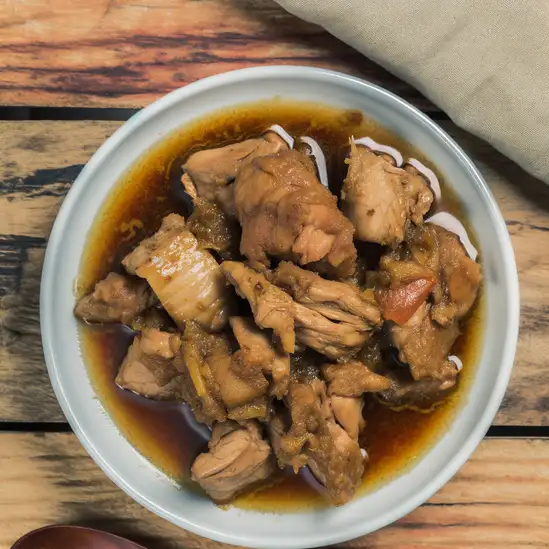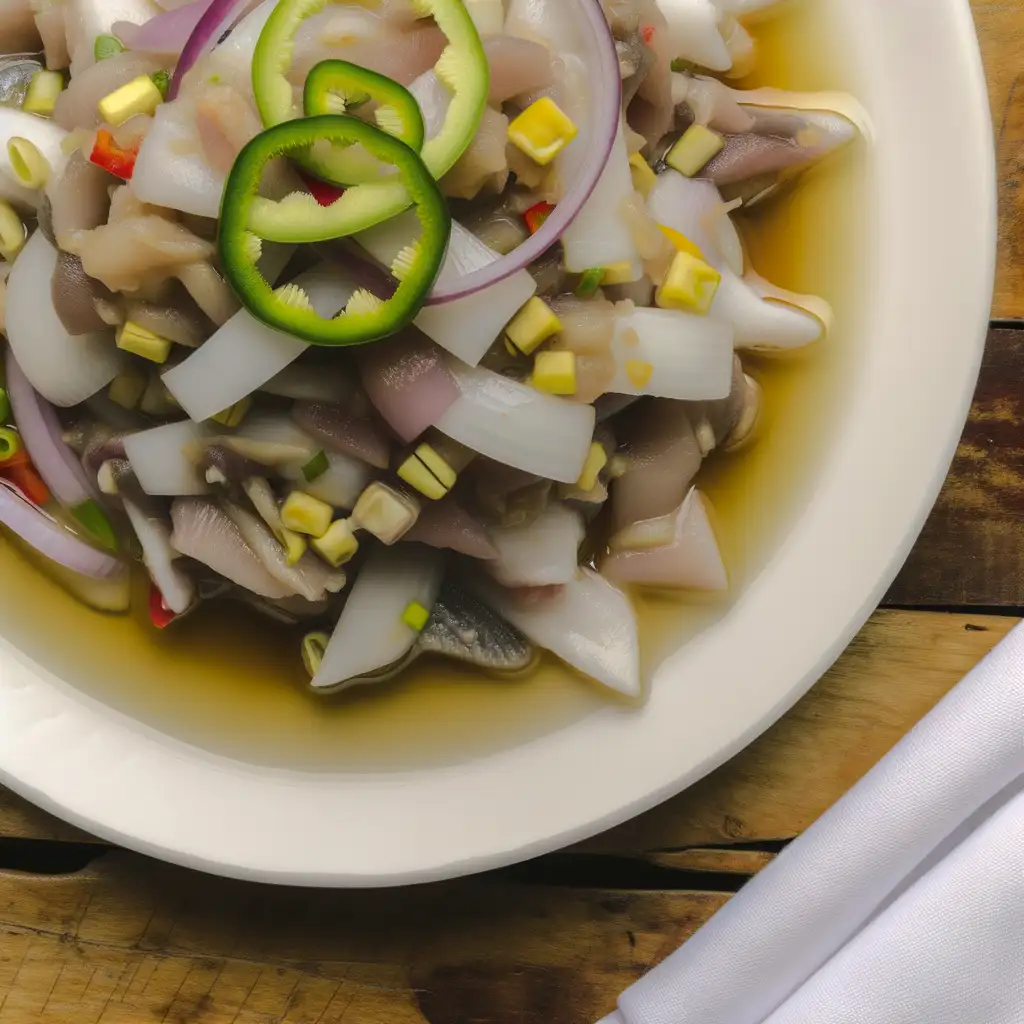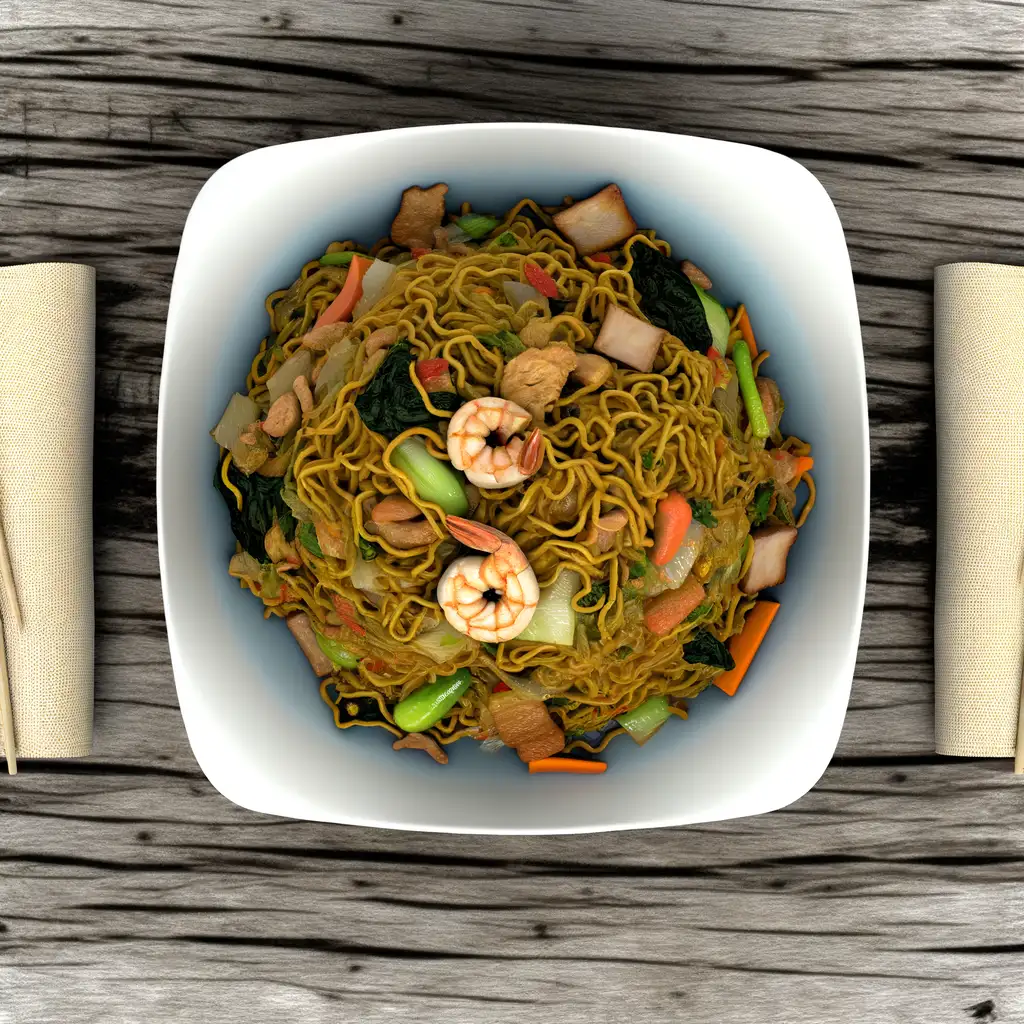



Imagine stepping off a boat and instantly feeling the warm,salty breeze wrap around you like a welcome hug—that’s Puerto Galera for you. This place pulses with a laid-back energy that’s both refreshing and inviting. The vibrant colors of fishing boats bobbing gently in the harbor contrast beautifully with the lush green mountains rising just beyond the shore. As you wander through the town,the scent of grilled seafood mingles with tropical flowers,and the chatter of locals blends with the rhythmic crash of waves. It’s a sensory tapestry that feels alive and genuine. What really makes Puerto Galera stand out is its effortless blend of nature and culture. The town’s charm isn’t just in its stunning beaches or crystal-clear waters,but in the way everyday life unfolds—vendors selling fresh mangoes and sweet coconut juice,children laughing as they splash in tide pools,and artists capturing the sunset’s fiery hues on canvas. Dive beneath the surface,and you’ll discover vibrant coral gardens teeming with colorful fish,a playground for snorkelers and divers alike. Evenings here have their own magic. The air cools just enough to make a beachside dinner irresistible,where you can savor freshly caught fish grilled to perfection,paired with the tang of local calamansi. Music drifts from nearby bars,a mix of traditional Filipino tunes and laid-back island beats,inviting you to slow down and soak it all in. Puerto Galera isn’t just a destination—it’s a feeling,a place where the simple joys of sun,sea,and community come together in perfect harmony.
The information on this page is currently being reviewed by Tripkliq and should be used as a guide only
Eng word: Hello
Eng pronunciation: Kah-moo-stah
Local language: Kamusta
Eng word: Goodbye
Eng pronunciation: Pah-ah-lahm
Local language: Paalam
Eng word: Thank you
Eng pronunciation: Sah-lah-maht
Local language: Salamat
Eng word: How much
Eng pronunciation: Mahg-kah-noh
Local language: Magkano
Eng word: Toilet
Eng pronunciation: Bahn-yo
Local language: Banyo
Eng word: Help me
Eng pronunciation: Too-loo-ngahn moh ah-koh
Local language: Tulungan mo ako
Eng word: Yes
Eng pronunciation: Oh-oh
Local language: Oo
Eng word: No
Eng pronunciation: Hin-deh
Local language: Hindi
Eng word: Excuse me
Eng pronunciation: Pah-oo-mahn-hin
Local language: Paumanhin
Puerto Galera was declared a UNESCO Man and Biosphere Reserve in 1977 due to its rich biodiversity, including coral reefs, mangroves, and lush forests. It is a haven for nature lovers and marine enthusiasts.
Puerto Galera is one of the oldest settlements in Mindoro, dating back to the pre-Spanish era. It was a thriving trading port for Chinese, Malay, and indigenous merchants long before Spanish colonization.
During the Spanish colonial period, Puerto Galera served as a safe harbor for Spanish galleons. Its natural harbor provided protection from storms and pirates, making it an important stopover for ships traveling between Manila and other parts of the Philippines.
The name 'Puerto Galera' translates to 'Port of Galleons' in Spanish, reflecting its historical role as a key maritime hub during the Spanish era.
Puerto Galera is home to the Mangyan, the indigenous people of Mindoro. They have preserved their unique culture, traditions, and crafts, such as weaving and poetry, which visitors can learn about and appreciate.
A historical cross was erected at Muelle Bay to commemorate the arrival of Spanish missionaries in Puerto Galera. The cross symbolizes the introduction of Christianity to the area.
Puerto Galera has a rich maritime history, with its waters being a treasure trove for shipwrecks and artifacts. Today, it is a popular destination for diving enthusiasts who explore its underwater heritage.
The Punta Guarda Lighthouse, built during the American colonial period, stands as a historical landmark. It guided ships safely through the waters of Puerto Galera and remains a symbol of the town's maritime legacy.
Puerto Galera is a hub for marine research and conservation. The area is known for its vibrant coral reefs and diverse marine life, attracting scientists and environmentalists from around the world.
In Puerto Galera, the most common Power Adaptor is Type A, Type B.



A savory dish made with meat, usually chicken or pork, marinated in vinegar, soy sauce, garlic, and spices, then slow-cooked until tender.

A sour soup typically made with tamarind, tomatoes, and various vegetables, often cooked with pork, shrimp, or fish.

A whole roasted pig, known for its crispy skin and tender meat, often served during special occasions and celebrations.

A popular Filipino dessert made with crushed ice, sweetened fruits, jellies, and topped with leche flan and ube ice cream.

A Filipino ceviche made from fresh raw fish marinated in vinegar, citrus juices, and mixed with onions, ginger, and chili.

A stir-fried noodle dish that comes in various forms, often made with vegetables, meat, and seafood, symbolizing long life.

A spicy dish made with pork, coconut milk, shrimp paste, and chili peppers, originating from the Bicol region.
Manila is this vibrant,bustling heart of the Philippines that grabs you the moment you step off the plane. There’s an energy here that’s both chaotic and warm,like the city is alive and breathing with stories waiting to be discovered. Walking through its streets,you’ll catch the scent of sizzling street food mingling with the salty breeze from Manila Bay. The soundscape is a lively mix of jeepneys honking,street vendors calling out their wares,and the occasional laughter spilling from a nearby sari-sari store.
What makes Manila truly special is its rich tapestry of history and culture woven into everyday life. You can wander through Intramuros,the old walled city,and feel the echoes of Spanish colonial days in the cobblestone streets and centuries-old churches. Then,just a few blocks away,modern skyscrapers rise,showcasing the city’s dynamic spirit. The people here are incredibly warm and welcoming,always ready to share a story or recommend their favorite spot for halo-halo,a sweet,icy treat that’s perfect for cooling down in the tropical heat.
Manila’s charm lies in its contrasts—the old and new,the quiet moments in hidden courtyards and the lively buzz of night markets. It’s a place where you can savor rich Filipino flavors,dive into vibrant festivals,and feel the pulse of a city that’s constantly evolving but never loses its heart. If you want a trip that’s full of life,color,and genuine warmth,Manila’s waiting with open arms.
Imagine stepping into a place where history hums through the streets and the ocean breeze carries the scent of salty adventure—that’s Cebu City for you. The moment you arrive,there’s this lively energy that wraps around you,a mix of old-world charm and modern buzz. You’ll find yourself wandering through colorful markets where the chatter of vendors blends with the aroma of freshly grilled street food—think sweet,smoky lechon sizzling over coals,tempting you at every corner.
Cebu’s character is a beautiful blend of the past and present. Ancient Spanish forts and centuries-old churches stand proudly alongside sleek cafes and vibrant street art. The city pulses with warmth,not just from the tropical sun but from the people who greet you with genuine smiles and stories. At night,the streets light up with music and laughter,and you can almost taste the festive spirit in the air.
What really makes Cebu unforgettable is how it feels alive in every sense. You can hear the waves crashing nearby,see the colorful jeepneys weaving through traffic,smell the tropical fruits at the market,and feel the warmth of the sun on your skin as you explore. It’s a place where culture,history,and everyday life blend seamlessly,inviting you to dive in and experience its vibrant soul firsthand.
If you ever find yourself dreaming of a place where the sea feels like a warm embrace and the air carries the scent of salt and tropical blooms,El Nido is that kind of magic. From the moment you step off the boat or wander through its laid-back streets,there’s this undeniable calm mixed with a spark of adventure. The limestone cliffs rise dramatically from turquoise waters,creating a playground of hidden lagoons and secret beaches that seem almost too beautiful to be real. You’ll hear the gentle lapping of waves,the distant chatter of fishermen,and the occasional call of tropical birds,all blending into a soothing soundtrack that makes you want to slow down and just breathe it all in.
The town itself pulses with a warm,welcoming energy. Locals greet you with genuine smiles,and the small cafes and eateries invite you to savor fresh seafood grilled right in front of you,bursting with flavors that tell stories of the sea. At night,the sky turns a deep velvet,and the stars feel close enough to touch,while the soft hum of acoustic guitars drifts from beach bars. It’s a place where time seems to stretch,letting you lose yourself in the rhythm of island life.
What makes El Nido truly special is how it balances raw natural beauty with a vibrant,heartfelt culture. Whether you’re kayaking through crystal-clear waters,hiking up to panoramic viewpoints,or simply sipping a cold drink while watching the sunset paint the sky in fiery hues,El Nido invites you to connect—with nature,with people,and with a sense of wonder that stays with you long after you leave.
If you ever find yourself wandering through the heart of Bohol,Tagbilaran City greets you with a warm,unhurried rhythm that feels like a gentle hug after a long journey. The city hums with life—not the overwhelming buzz of a metropolis,but a lively,welcoming energy where jeepneys rattle by and street vendors call out their fresh fruit and local snacks. As you stroll along the waterfront,the salty breeze carries the faint scent of grilled seafood mingling with tropical flowers,inviting you to slow down and savor the moment.
Tagbilaran’s charm lies in its blend of old and new. You’ll catch glimpses of Spanish-era churches standing proudly beside colorful markets where locals barter over ripe mangoes and sticky rice treats. The city’s pulse is deeply tied to its people—friendly,easygoing,and proud of their heritage. At night,the streets light up with laughter and music spilling from small eateries where you can taste the rich flavors of Boholano cuisine,like the sweet,tender kalamay or freshly caught fish cooked with coconut milk.
What really stays with you is the city’s sense of community and its connection to the sea. Whether you’re watching fishermen haul in their catch at dawn or joining a lively fiesta,Tagbilaran feels like a place where stories are shared over steaming cups of coffee and where every corner invites you to discover a new layer of its soul. It’s not just a stopover—it’s a place that quietly pulls you in and makes you want to stay a little longer.
If you ever find yourself craving a place where vibrant city life meets the gentle embrace of nature,Davao City is where you want to be. The moment you step off the plane,there’s this warm,welcoming energy that wraps around you—like the city itself is inviting you to slow down and savor every moment. The air carries a subtle mix of tropical blooms and the faint,salty hint of the nearby sea,while the streets buzz with a friendly hum of jeepneys and chatter in a melody of languages.
Walking through Davao,you’ll notice how the city wears its culture proudly. From the colorful street markets where vendors call out their fresh fruits and local delicacies,to the intricate weaves and crafts that tell stories of indigenous tribes,there’s a deep respect for heritage here. And the food? Oh,the food! Imagine biting into a juicy durian (if you’re brave enough),or savoring grilled tuna so fresh it practically melts in your mouth,all while sipping on a sweet,refreshing calamansi juice.
What really sets Davao apart is its balance—towering mountains and lush parks sit just a short drive from bustling urban spots. You can spend your morning hiking up Mount Apo,the Philippines’ highest peak,then wind down with a stroll along the riverwalk as the sun dips low,painting the sky in shades of orange and pink. It’s a city that feels alive but never rushed,where every corner invites you to explore,taste,and connect.
If you ever find yourself craving a place where history hums softly alongside the buzz of everyday life,Iloilo City is where you want to be. The moment you step into its streets,there’s this warm,inviting energy—like the city is gently nudging you to slow down and savor its stories. You’ll notice the colonial-era buildings standing proudly beside modern cafes,their facades telling tales of centuries past. The air carries a subtle mix of salty sea breeze and the sweet aroma of freshly baked pan de sal,making every morning feel like a comforting embrace.
Walking through Iloilo,you’ll hear the lively chatter of locals,the clinking of glasses in cozy eateries,and the distant strum of guitars from street performers. The city’s character shines brightest in its festivals,especially the Dinagyang,where vibrant costumes and rhythmic drums fill the streets with infectious joy. But even on quieter days,the genuine smiles of Ilonggos and their easygoing hospitality make you feel like you’ve found a second home.
And then there’s the food—oh,the food! From the rich,savory batchoy served steaming hot in humble noodle shops to the sweet,creamy taste of fresh mangoes,every bite is a celebration of local flavors. Iloilo isn’t just a place to visit; it’s a place to experience,where every corner invites you to pause,breathe,and fall a little in love with its soul.
Tourists may book accommodations online that look luxurious in photos but turn out to be substandard or entirely different upon arrival.
Some establishments may inflate bills by adding hidden charges or including items that were not ordered, assuming tourists won't notice or contest the charges.
Some individuals may pose as officials and charge fake entrance fees to beaches, parks, or other attractions that are actually free or have lower official fees.
Some money changers may use unfavorable exchange rates, hidden fees, or sleight-of-hand tricks to shortchange tourists.
Vendors may sell counterfeit or low-quality souvenirs, claiming they are authentic local crafts or made from expensive materials like pearls or shells.
Scammers may offer fake or substandard tour packages, promising island-hopping or snorkeling trips that either don't happen or are far below expectations.
Tourists renting motorbikes, snorkeling gear, or other equipment may be charged excessive rates, or the equipment may be in poor condition, leading to additional charges for 'damages.'
Some tricycle drivers or boat operators may overcharge tourists, especially if they are unfamiliar with standard rates. They might not use a meter or quote inflated prices.
In crowded areas or during festivals, pickpockets or bag snatchers may target tourists who are distracted or carrying valuables.
Some diving operators may not have proper licenses or safety measures in place, putting tourists at risk while charging standard or premium rates.
The Philippines has strict anti-drug laws, and Puerto Galera is no exception. Possession, use, or trafficking of illegal drugs is a serious offense and can result in severe penalties, including long prison sentences or even the death penalty for trafficking. Tourists should avoid any involvement with illegal drugs and be cautious about carrying prescription medications, ensuring they have proper documentation if required.
Smoking is regulated in Puerto Galera, as it is across the Philippines, under the nationwide Executive Order No. 26. This law prohibits smoking in public places such as parks, beaches, restaurants, hotels, and public transportation. Designated smoking areas may be available in some establishments, but they must comply with strict guidelines. Violators may face fines or penalties.
Vaping is subject to similar regulations as smoking in Puerto Galera. The use of e-cigarettes is prohibited in public places under the same Executive Order No. 26. Tourists should check for designated vaping areas and avoid using e-cigarettes in non-smoking zones to avoid fines or penalties.
What are other people saying about Puerto Galera?
Recent Social posts about Puerto Galera
There is nothing to show you for now.